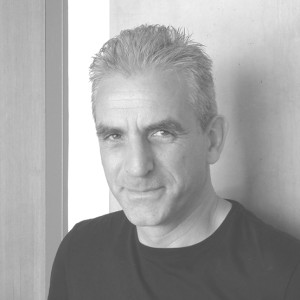- Video Library
- Thilo Hoelscher Presents BURL Concepts at LSI USA '23
Thilo Hoelscher Presents BURL Concepts at LSI USA '23

Thilo Hoelscher
Inventor of the SONAS® device.
Former Professor at University of California San Diego, Departments of Radiology and Neurosciences.
Board certified neurologist.
Founder of the UCSD Brain Ultrasound Research Laboratory.
Fields of expertise: stroke, brain ultrasound, microbubbles.
Thilo Hoelscher
Inventor of the SONAS® device.
Former Professor at University of California San Diego, Departments of Radiology and Neurosciences.
Board certified neurologist.
Founder of the UCSD Brain Ultrasound Research Laboratory.
Fields of expertise: stroke, brain ultrasound, microbubbles.

17011 Beach Blvd, Suite 500 Huntington Beach, CA 92647
714-847-3540© 2025 Life Science Intelligence, Inc., All Rights Reserved. | Privacy Policy







